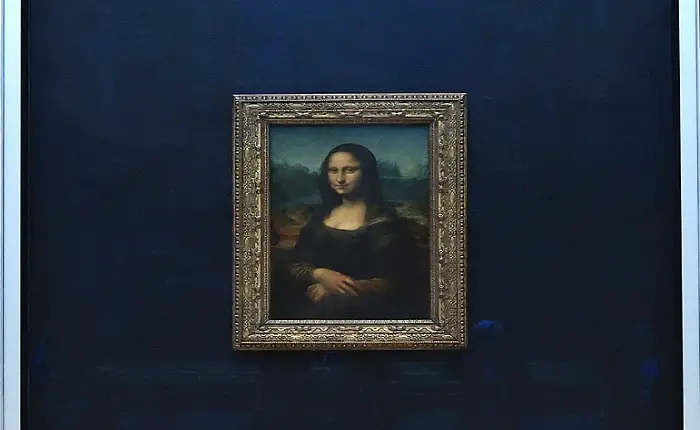The Mona Lisa is also called La Gioconda. Lisa’s painting rose to become the world’s most famous painting. This painting attracts millions of people every year. The painting that captures it has a mysterious smile that attracts visitors to the Louvre Museum in Paris, where it is housed. However, who was Mona Lisa? As well, what is the mystery story behind this iconic artwork?
Who exactly was Mona Lisa?
For decades, there has been too much debate about the Mona Lisa’s true identity. However, the most widely accepted theory is that she was Lisa del Giocondo, née Gherardini, the wife of a wealthy Florentine silk merchant named Francesco del Giocondo. This concept is based on the works of 16th-century artists and biographers Leonardo da Vinci and Giorgio Vasari. They claimed that Lisa was the subject of the painting.
Vasari’s account, however, was published 31 years after Leonardo’s death and has been met with some skepticism. Alternative ideas have been put forth by a few scholars, who assert that the picture is either a portrait of a different woman, a composite of several models, or even a female self-portrait by Leonardo da Vinci. Despite these theories, the consensus among art historians remains that Lisa del Giocondo was the most likely model for the Mona Lisa.
The Painting’s History
Leonardo da Vinci began painting the Mona Lisa around 1503, and it is believed that he continued working on it until he died in 1519. The painting was acquired by King Francis I of France. Following that, it became part of the French royal collection. After the French Revolution, it was relocated to the Louvre Museum, where it has remained since.
The Facts Behind the Mona Lisa Painting
- Creation: The Mona Lisa is believed to have been painted between 1503 and 1506, although Leonardo may have continued working on it until 1517.
- Medium: Leonardo used oil on a white Lombardy poplar panel to create a painting that is remarkably realistic and detailed.
- Dimensions: The Mona Lisa measurements are 77 cm by 53 cm.
- Location: Currently, the painting is housed in the Louvre Museum in Paris, France. It has been on permanent display there since 1797.
- Ownership: The Mona Lisa is owned by the French Republic. It was acquired by King Francis I of France after Leonardo died in 1519.
- Fame: The Mona Lisa’s fame grew steadily over the centuries, but it peaked in the 20th century, following its theft from the Louvre in 1911 and subsequent recovery. The media frenzy that followed the theft elevated the Mona Lisa to the status of a global icon. It has since become one of the most replicated and parodied works of art in history.
- Techniques: Leonardo employed several innovative techniques in the Mona Lisa, including sfumato and chiaroscuro. These techniques contribute to the painting’s sense of realism and depth.
Additional Mysteries and The Mystery Smile
The Mona Lisa’s mysterious smile is likely the painting’s most intriguing feature. It is a delicate and mysterious expression that appears to shift depending on the angle from which it is seen. This optical illusion is thought to be the result of Leonardo’s sfumato technique, which uses colors and tones to create a soft, hazy effect.
Apart from the smile, the Mona Lisa is also shrouded in other mysteries. The landscape in the background is a fantastical creation, not based on any real location. This painting’s lack of brows and eyelashes has sparked debate, with some claiming it was a popular fashion trend at the time. While others believe it faded over time as a result of restoration efforts.
The Mona Lisa’s Significance
The Mona Lisa is not only a masterpiece of Renaissance art. But it is also a cultural icon. Its popularity has grown thanks to various duplicates, mocks, and references in popular culture. The painting’s theft in 1911 and subsequent rescue solidified its place in history.
The Mona Lisa’s enduring popularity stems from its ability to captivate and mystify viewers. The painting’s enigmatic smile, ambiguous setting, and mystery surrounding its creation all contribute to its appeal. It is a work of art that continues to captivate and inspire those who come across it, leaving an indelible mark.
In Short!
The Mona Lisa remains a mystery, a painting that inspires wonder and curiosity. Leonardo da Vinci’s genius painter, who has the ability of art to endure beyond time and cultural boundaries, is demonstrated by the painting’s enduring appeal. Although the sitter’s identity and the meaning of the mysterious smile may never be fully understood.
